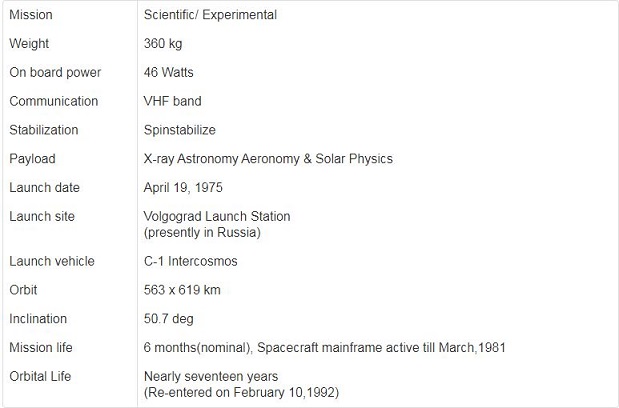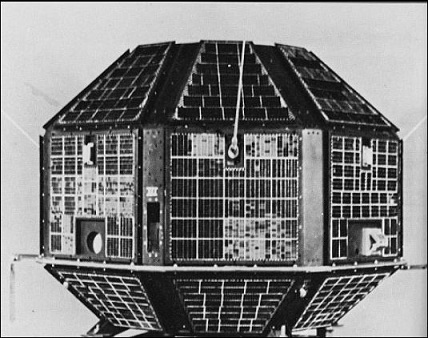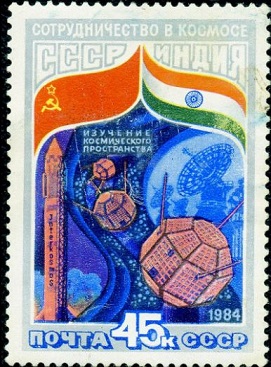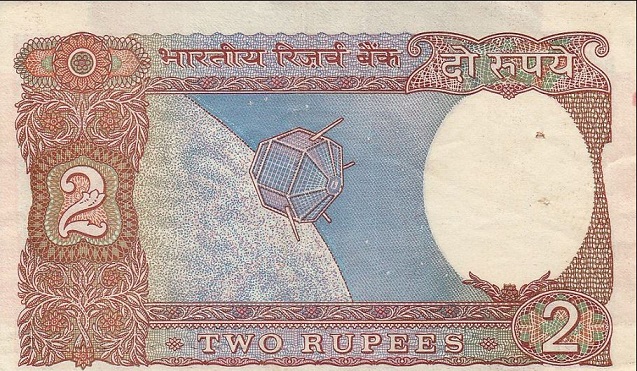The Satellite Aryabhata
Aryabhata was a genius mathematician and an astronomer. You can't explain his capability in words.
I am trying so hard to do justice to his brilliance through words in this article. Only your comments will tell me how successful I got.
His brilliance continued for ages. This is relative to the fact that Indira Gandhi named India’s first satellite - Aryabhata.
This blog would be incomplete if I didn’t provide information about the Aryabhata satellite.
Under the leadership of Vikram Sarabhai, ISRO started building indigenous satellites in the early 70s.
The team indeed built a satellite of weight 100 kgs. This satellite was in talks to be launched by the USA using the Scout launch vehicle.
The USSR offered its affordable help to launch the satellite. ISRO scientists held meetings in New Delhi and Moscow.
An agreement was about to fixed but the sudden demise of Vikram Sarabhai led to a halt in the project.
The leadership of the project vanished for a significant amount of time.
Sometime later, the interim chairperson M.G.K Menon held the command.
Dr U.R. Rao - who also worked with Vikram Sarabhai - finalized the deal with the Soviets in 1972. The construction of India’s first unmanned satellite thus resumed.
So, ISRO created India’s first satellite which was a polygon of 26 sides. It had a diameter of 4.6 feet.
The satellite weighed 360 kilograms.
Indira Gandhi, the then Prime minister of India had the opportunity to name the satellite.
She had the choices - Aryabhata, Mitra, and Jawahar, to which she chose Aryabhata.
If someone asks you that India’s first satellite Aryabhata was launched from which country then you must know it was not India.

Aryabhata satellite launch happened from a Russian 'rocket launch and development site'. They call it Kapustin Yar.
So, the country from which ISRO launched the Aryabhata satellite was Russia.
By now, I am sure that you know who developed India’s first satellite Aryabhata? It was the Indian Space Research Organization (ISRO).
On 19 April 1975, ISRO's Aryabhata satellite launch using a KOSMOS-3M launch vehicle was successful.
So, below are the crucial aspects of the Aryabhata Satellite information -
1. When was Aryabhata launched
2. The country of launch
3. Which country launched it
Purpose of the Aryabhata Satellite
The Sun is the natural model of the nuclear fusion process from which gamma rays get produced.
They get emitted out in the space because of internal absorption and thermalization.
The Sun is also the producer of infrared rays, X-rays, ultraviolet, and even radio waves.
To understand these rays emitted by the Sun gave birth to the purpose behind the launch of the Aryabhata satellite.
The purpose of the Aryabhata satellite launch was to explore the field of X-ray astronomy.
A satellite’s main purpose is to examine the earth’s atmosphere. This found a place in the list of the satellite Aryabhata’s list of goals.
Aryabhata was also designed to send helpful data related to gamma rays to the curious scientists of the ISRO.
The successful launch of the Aryabhata satellite also opened further opportunities for ISRO.

Above is the picture of the Aryabhata Satellite. Source -> ISRO
Aryabhata - a success or a partial success
India launched its first satellite on April 19th, 1975. For the first four days, everything went well.
Scientists were able to collect the required data.
But on the 5th day, the satellite’s electrical power system detected a fatal failure.
As a result, ISRO lost all the communication with the satellite.
ISRO reported that the mainframe of Aryabhata was active till 1981. In the year 1992 the satellite entered the Earth’s atmosphere again as a result of the orbital decay.
After reading this information about Aryabhata satellite, a question comes to mind.
Was Aryabhata satellite successful?
I say, yes it was.
It was India’s first indigenous satellite whose launch was successful.
The satellite went into its orbit with no trouble and went on for four days.
After 17 years of its launch - when there was no communication with the satellite - something happened.
The satellite re-entered the Earth’s atmosphere. It wasn't converted into shattered debris.
To me, it is something more than successful.
The world started giving respect to the scientists of ISRO because of Aryabhata.
India's space program emerged as a jewel in the eyes of the world for the first time.
Celebration of the Aryabhata Satellite
Indian and Russian governments celebrated the collaboration behind the launch of Aryabhata Satellite.
They released the stamps which featured Bhaskara-I, Bhaskara-II, and Aryabhata. Below is the image

The satellite found its place on currency
If you were born in ’90s or ’80s then you must be familiar with this 2 rupee note.

The satellite image on the back of this note is that of Aryabhata satellite.
The Indian government released these 2 rupee notes between 1976 and 1997.
|